

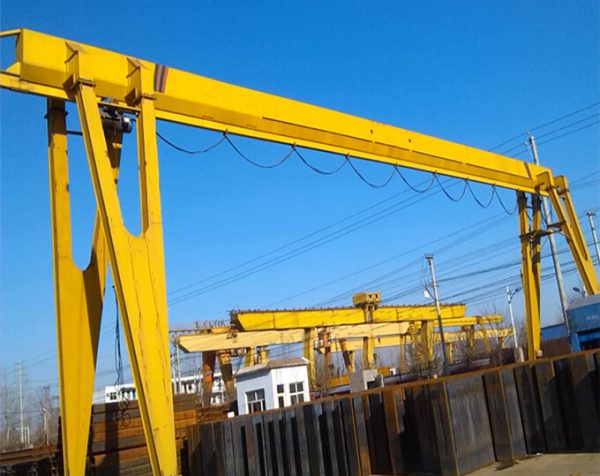
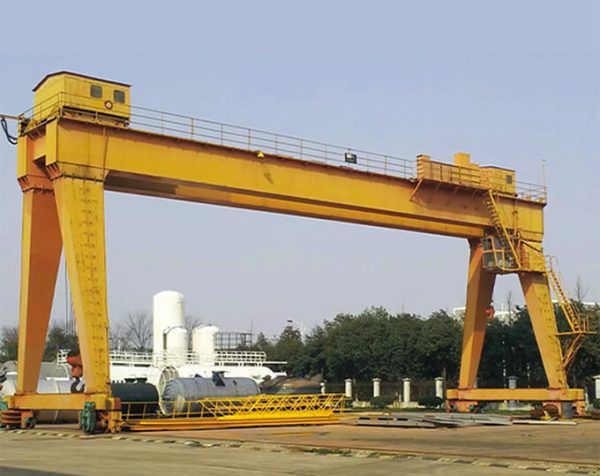
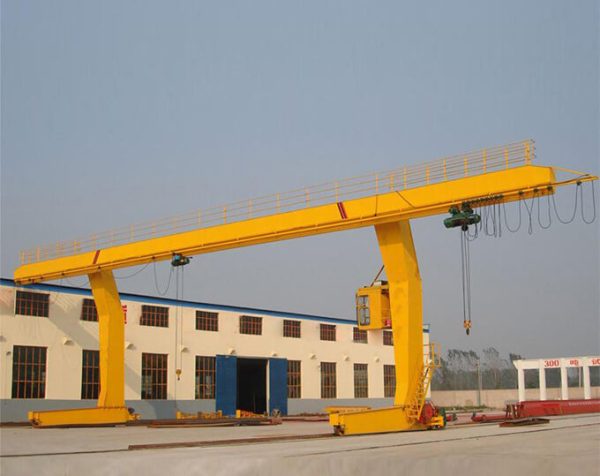




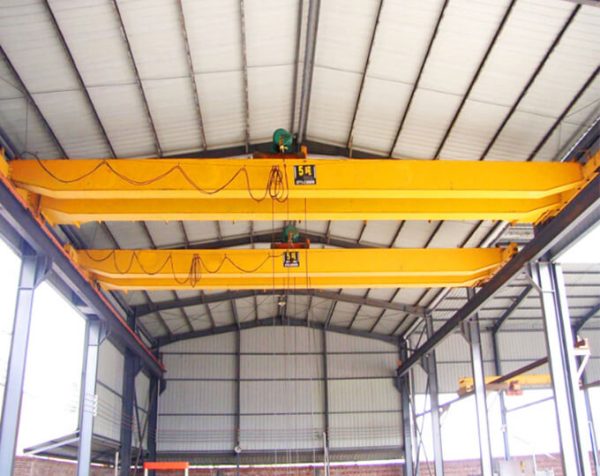

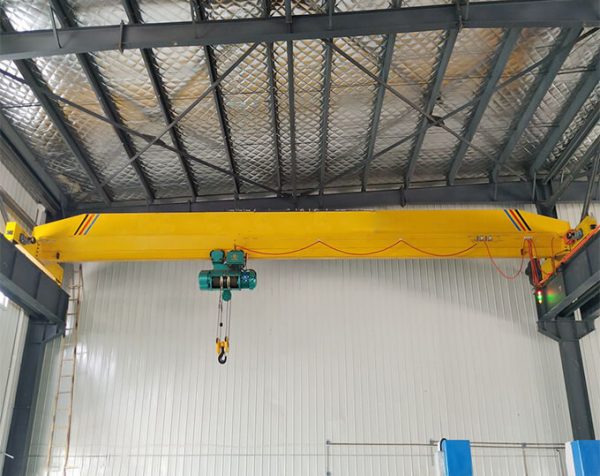
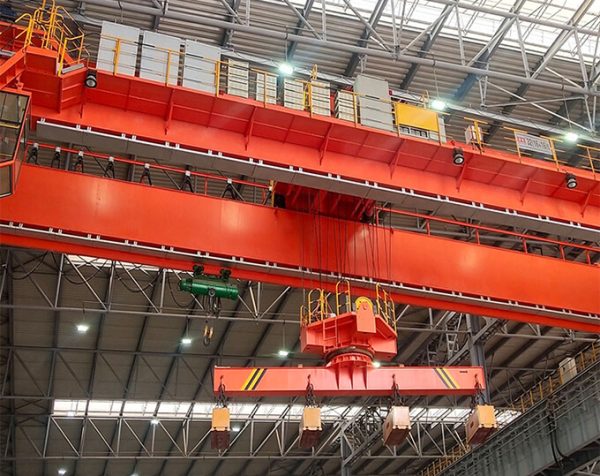

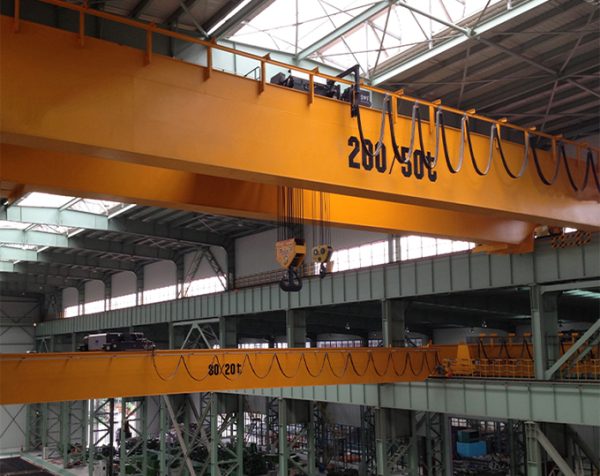



-600x476.jpg)

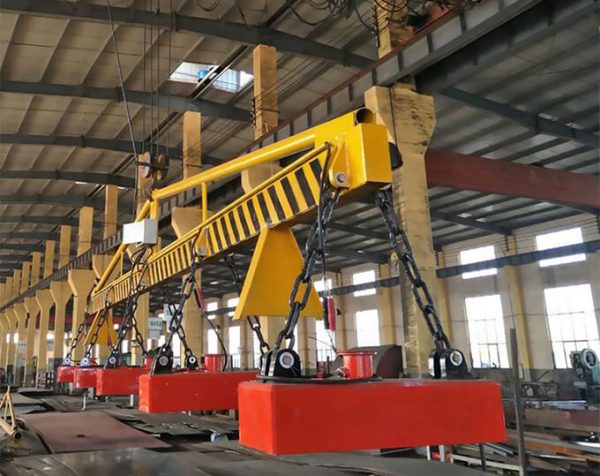

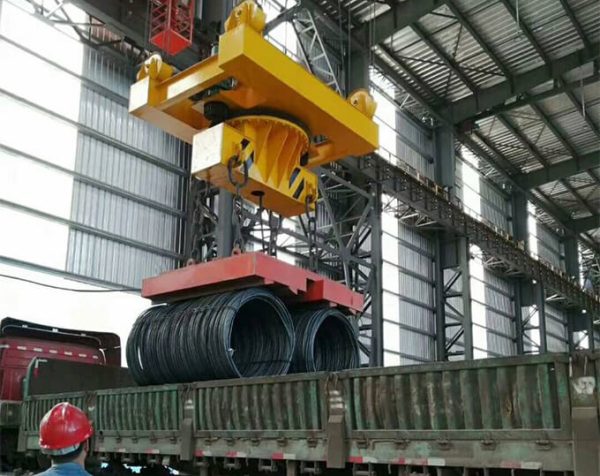
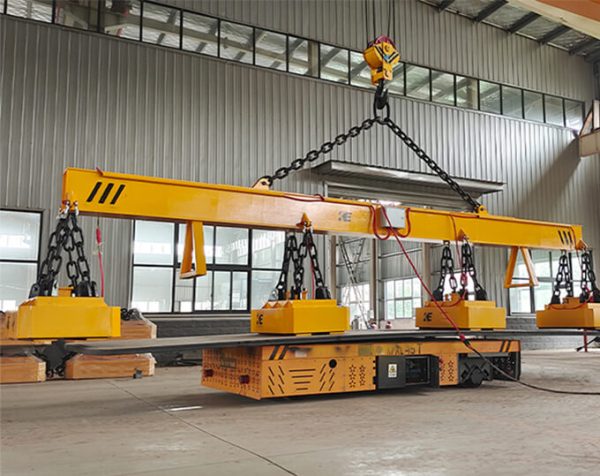
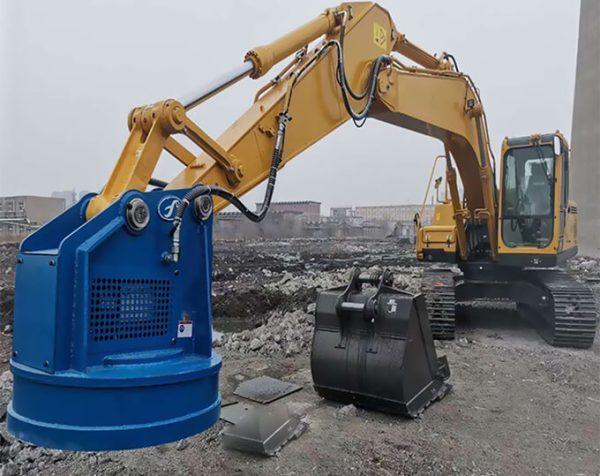
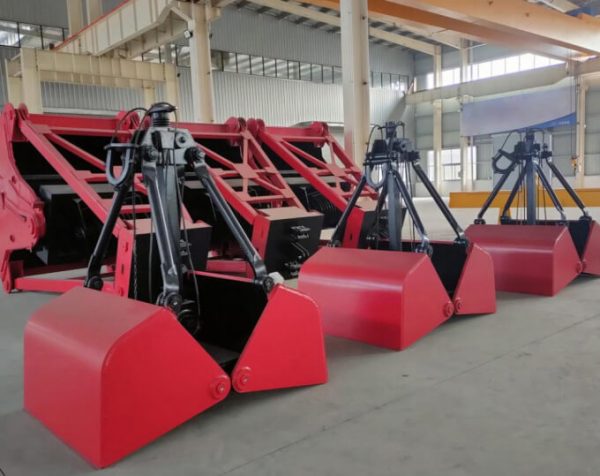
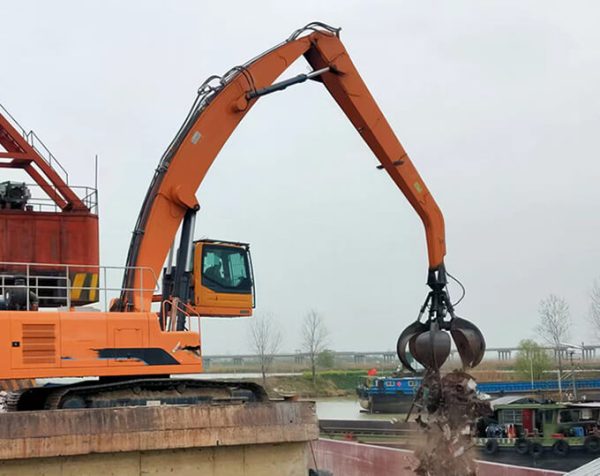
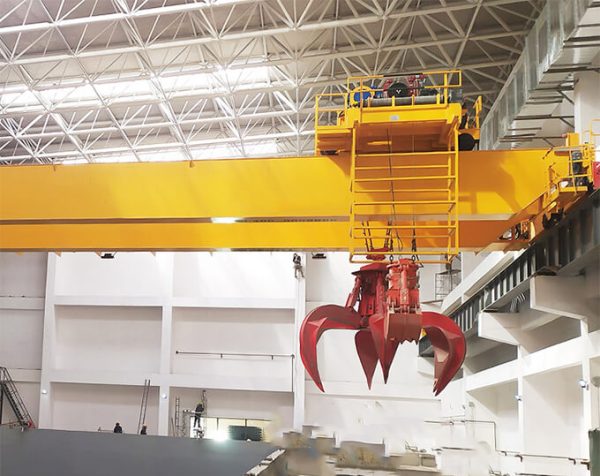
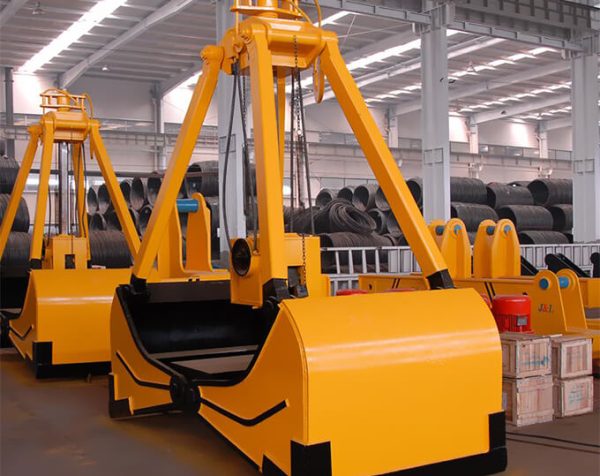

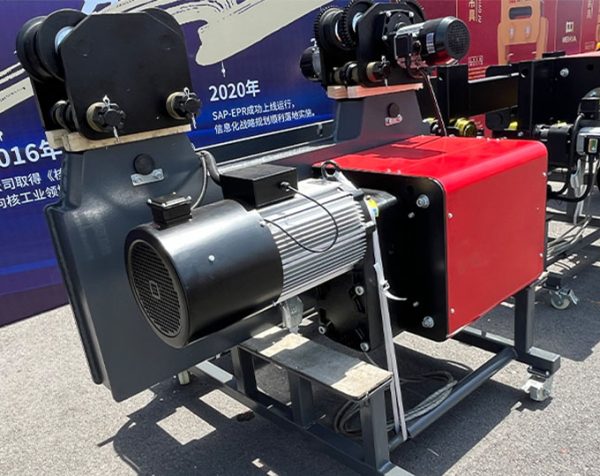
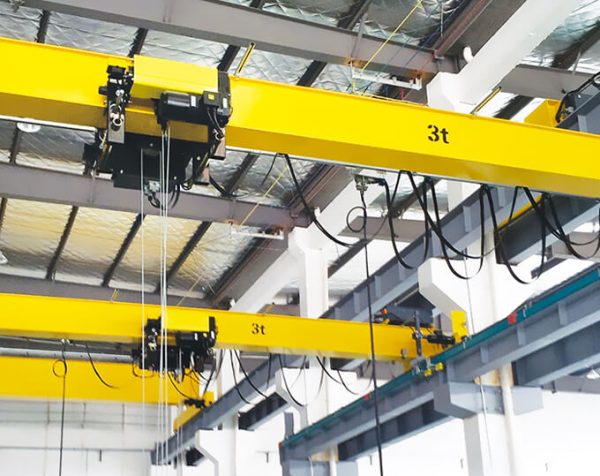

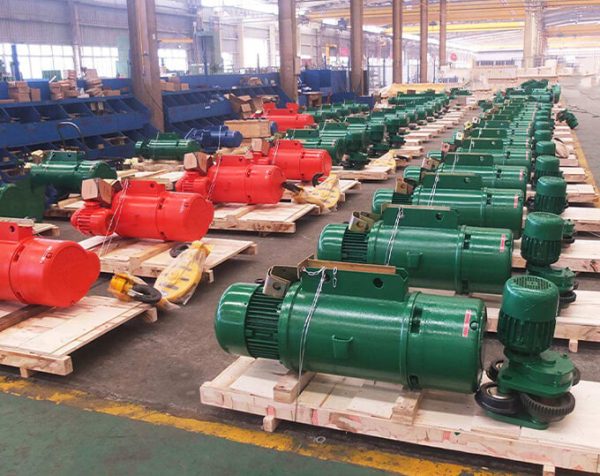
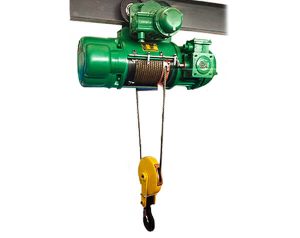
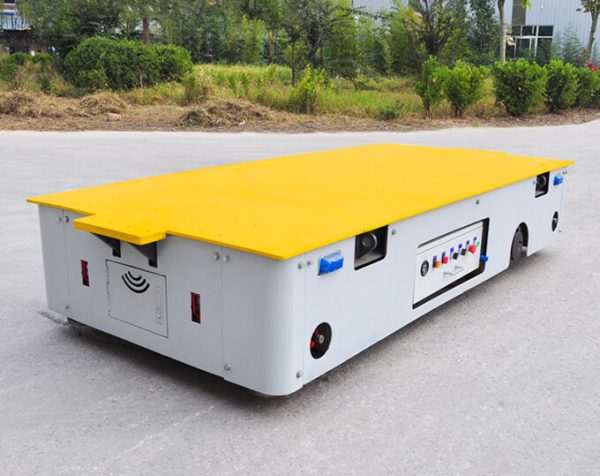

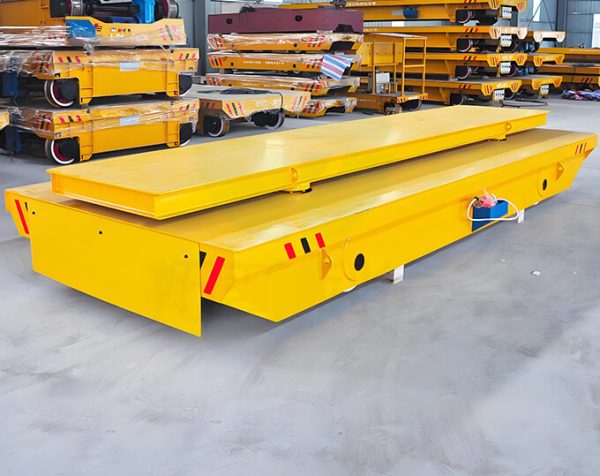



















-600x476.jpg)




















Many customers struggle to define their exact needs when buying an electric transfer cart, making it difficult for manufacturers to provide a clear quote and a suitable solution. To get a successful outcome, it's essential for customers to clarify several key factors. Here’s a breakdown of the critical information you need to know.
First, you must be clear about what you will use the electric transfer cart for. Different industries have unique requirements, and even within the same industry, various applications may require different cart structures. Knowing the exact purpose will help streamline the design process and ensure the cart meets your operational demands.
The load capacity (tonnage) and dimensions of the transfer cart are fundamental. These parameters are crucial for calculating the required strength of the cart's frame and selecting the appropriate materials. They heavily influence the structural design, ensuring the cart can safely and efficiently handle your specific loads.
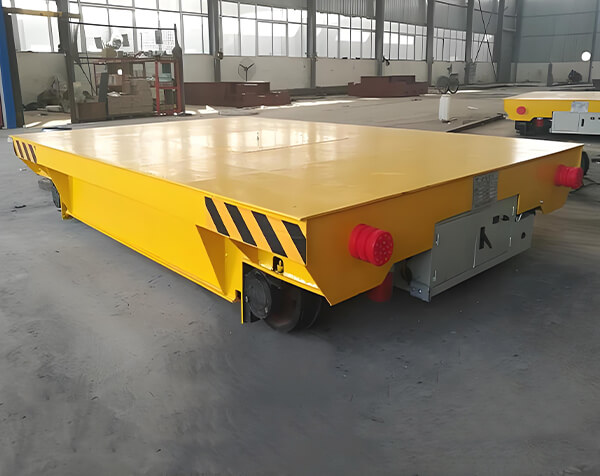

You need to specify the cart's running distance, speed, and operating environment. This information is vital for manufacturers to recommend the most suitable power supply solution, calculate the gear reduction ratio, and determine the necessary motor power. Providing these details ensures the cart performs optimally in your specific use case.
Details about the track or rail specifications, including the gauge, are essential. These factors directly affect the cart's wheel design and ensure compatibility with your existing infrastructure.
Finally, a clear budget is key to customizing a cost-effective and highly functional electric transfer cart. Having a budget in mind prevents unnecessary spending on extravagant features and helps you secure a product that delivers the performance you need without breaking the bank.
By clarifying these five points, you can significantly improve communication with manufacturers, leading to a more accurate quote and a custom electric transfer cart that perfectly fits your requirements and budget.
Originally prevalent in port construction for their efficiency, grab cranes now play an increasingly vital role in urban rail transit projects. The growing demands of metro construction have elevated both technical specifications and economic considerations for muck removal equipment.
In modern industrial production, different industries have unique requirements for lifting equipment. KBK light cranes have demonstrated exceptional performance across numerous sectors, thanks to their specialized capabilities.
Industrial lifting operations commonly utilize both single-girder and double-girder cranes, but their structural differences lead to distinct performance characteristics.

